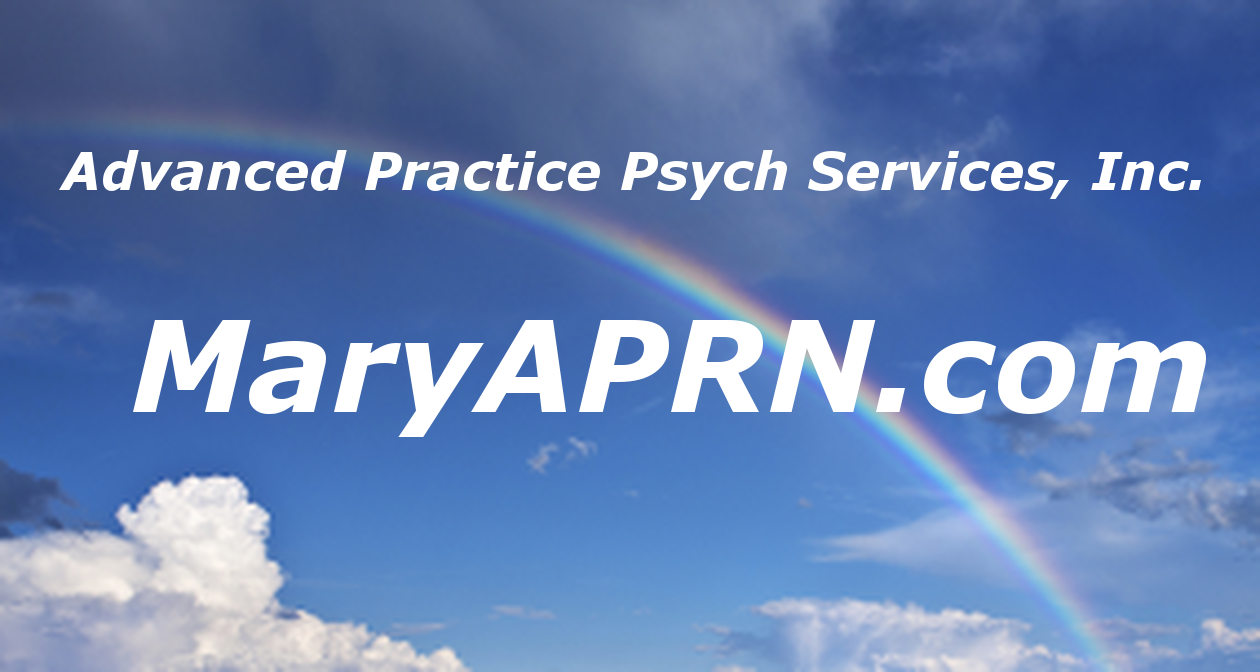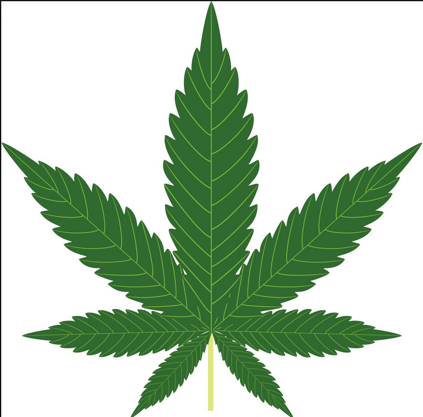Substance Abuse risks for Adolescents | Mental Health Studies

![]() According to a recent study in Journal of the American Academy of Child & Adolescent Psychiatry, Adolescents with prior lifetime mental disorders had high rates of both alcohol (10.3%) and illicit drug (14.9%) abuse, with or without dependence.
According to a recent study in Journal of the American Academy of Child & Adolescent Psychiatry, Adolescents with prior lifetime mental disorders had high rates of both alcohol (10.3%) and illicit drug (14.9%) abuse, with or without dependence.
By age 18, approximately one-third of adolescents with preexisting mental disorders were regular alcohol drinkers or illicit drug users.
Adolescents with prior mental disorders have a greater risk of transitioning to alcohol and illicit drug use, according to research from the US National Institutes of Health, which suggests that treatment of mental disorders may help curb subsequent substance abuse disorders in youth.
The findings of the study provide the first evidence from a nationally representative sample of adolescents to identify prior mental disorder as a risk factor for the transition to drug- and alcohol-related problems, the authors wrote.
“Recognizing anxiety, depression, and other mental disorders—and even the symptoms of these conditions—in youth and helping children to cope, treating them when necessary, is the best approach because then they will be less likely to seek drugs and alcohol to treat the symptoms of these conditions,” Kathleen R. Merikangas, PhD, a study author and a senior investigator at the National Institute of Mental Health.
Anxiety and Behavior Disorders:
The study included 10,123 adolescents aged 13 to 18 years who participated in the National Comorbidity Survey-Adolescent Supplement. Review of the data revealed that 37.7% of adolescents experienced at least 1 mental disorder before their first use of alcohol, 47.6% before regular alcohol use, and 66.6% before alcohol abuse with or without dependence. For drug abuse, 41.2% of adolescents met the criteria for at least 1 mental disorder before having the opportunity to use drugs, 53.8% before first drug use, and 66.8% before drug abuse with or without dependence.
Adolescents with anxiety or behavior disorders had higher rates across the stages of alcohol and illicit drug use. Implications for Clinicians:
Implications for Clinicians:
Clinicians need to implement early interventions for substance misuse, begin early interventions for behavioral disorders, and incorporate substance use prevention into treatment for adolescents with mood and anxiety disorders, Karen M. Abram, PhD, associate professor in Psychiatry and Behavioral Sciences at Northwestern University's Feinberg School of Medicine in Chicago, Illinois, wrote in an accompanying editorial.
Future prospective studies are needed to understand the long-term outcomes of people with these psychiatric comorbidities and to develop more effective and tailored strategies for prevention and early intervention, according to the study authors.


